English pointers: The dogs that are full of energy and fun, with a history that includes one of the great canine heroes of the Second World War
In the latest instalment of our series on Britain's favourite dogs, we get to know the impressively versatile English pointer
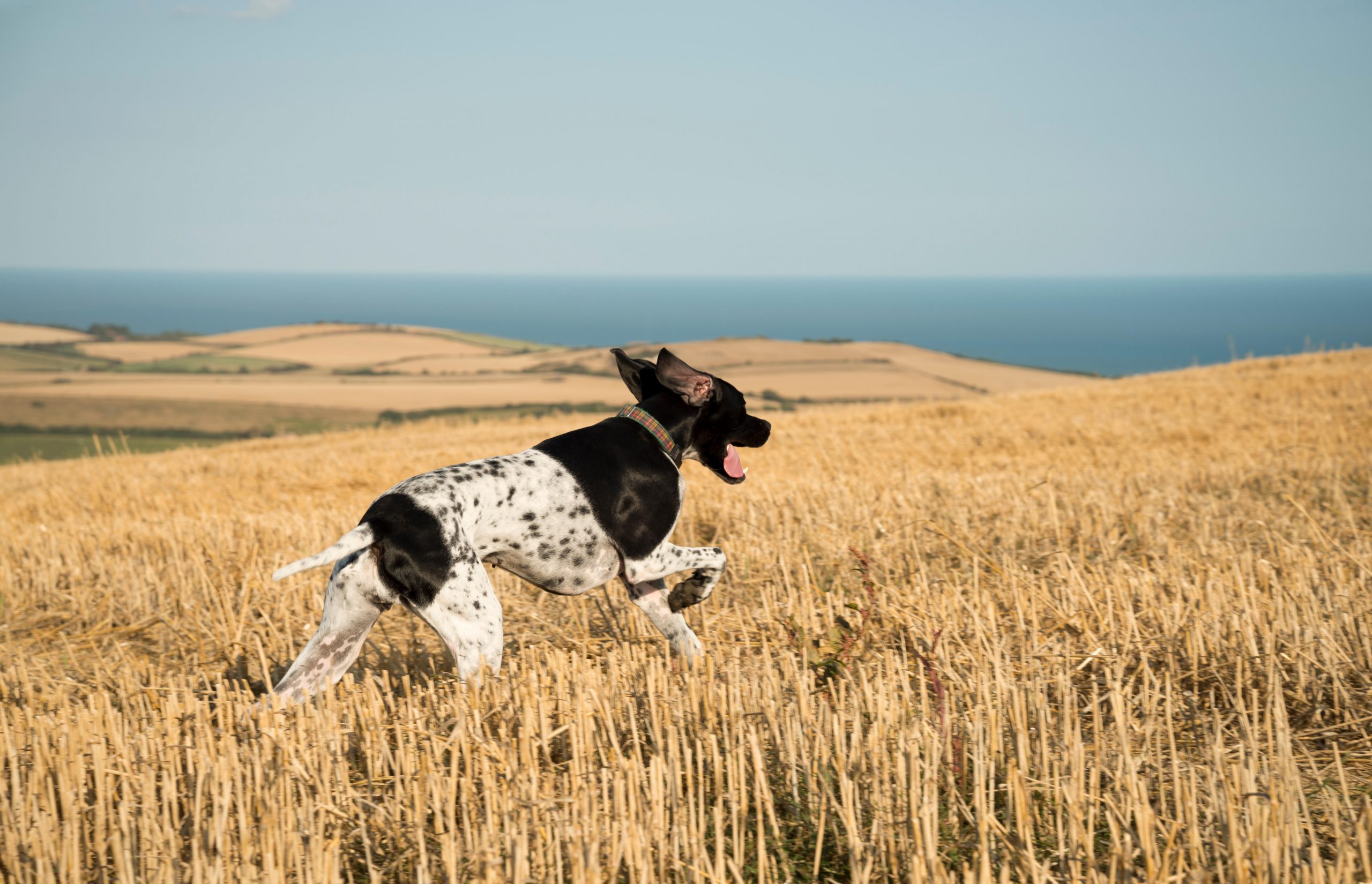

'The Pointer is an athlete, a series of flowing curves, with a slightly concave muzzle to lift his nose and aid the scenting powers,' runs a very evidently heartfelt description of the English Pointer on the Kennel Club website.
No other working dog has a more distinctive silhouette: standing stock still, with one paw raised and its nose jutting forwards in the direction of its quarry, the English pointer is unmistakable. Wonderful to watch, they seem to prance elegantly, rather than walk, carrying their heads high — the breed standard praises their ‘aristocratic' bearing.
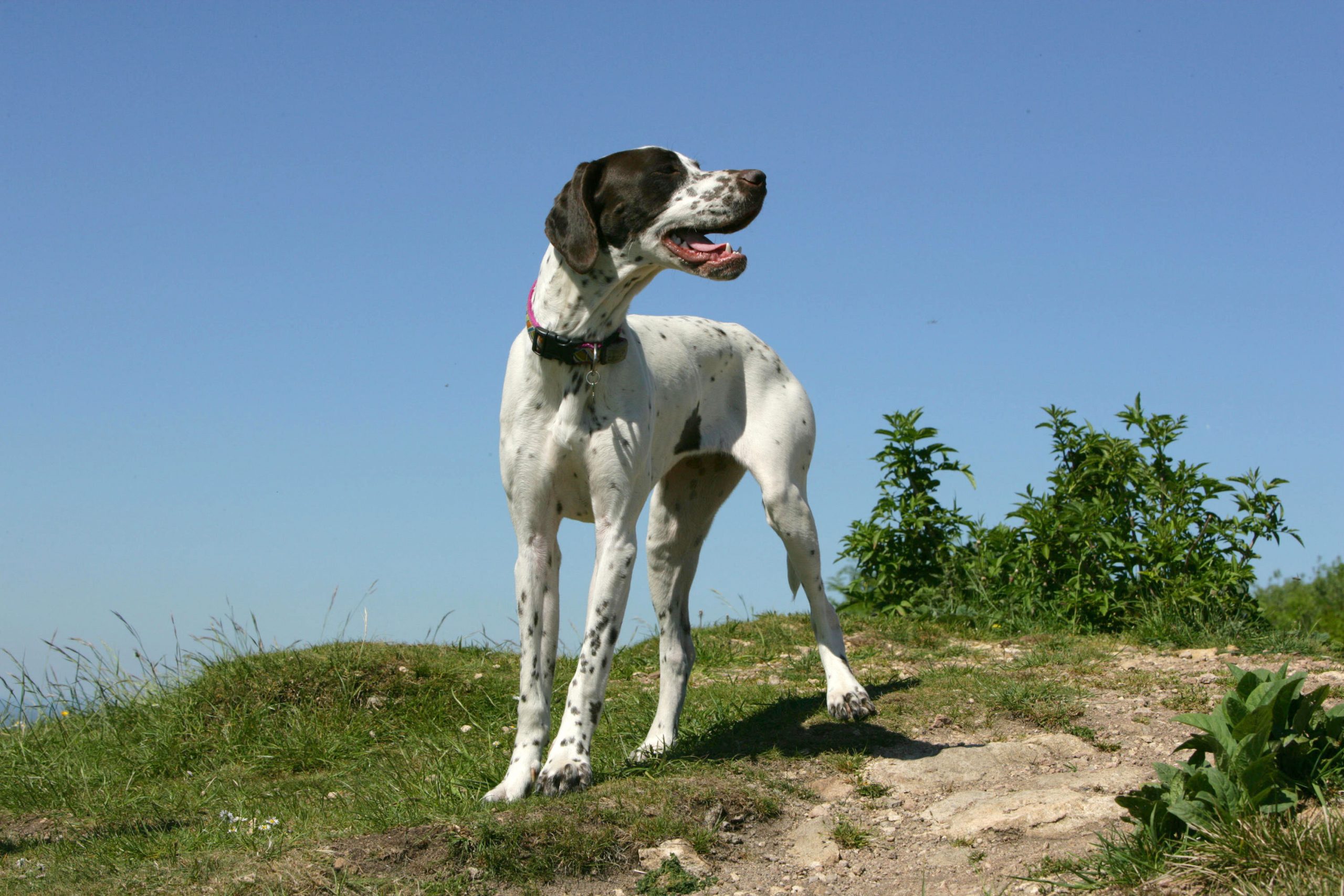
But don't be fooled by the dainty steps: pointers have truly amazing stamina, and can quarter the ground at terrific speed.
For that reason, prospective owners need to bear in mind the amount of effort they'll need to put in. 'The Pointer is an active, intelligent dog who needs daily exercise and stimulation,' say the Pointer Club, which celebrates it's 60th anniversary this year.
'They were bred to be hunting dogs who could work all day long so they must have at least an hour of exercise a day.'
If you have the time and space to deal with those demands, you'll find the dog a superb pet.
'When they are given the exercise and training they need, they are quiet and mannerly house dogs,' adds the club. 'Energetic and fun loving, they are well suited to active homes where they will be a member of the family.'
Sign up for the Country Life Newsletter
Exquisite houses, the beauty of Nature, and how to get the most from your life, straight to your inbox.
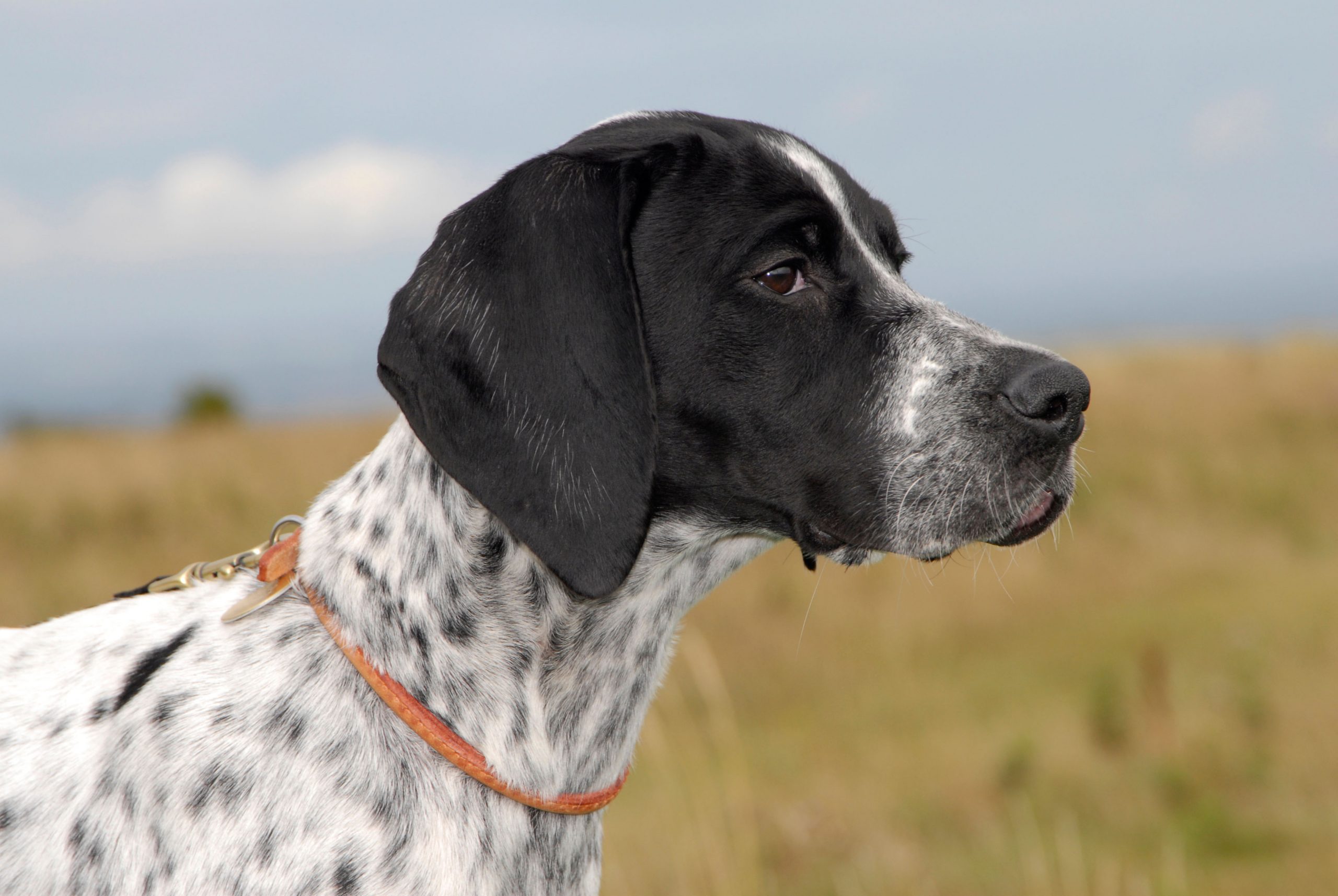
Several other European countries have their own breeds of pointer, including Germany, Slovakia and Portugal, but the English variety, which made its first appearance in the 17th century, is probably the best known.
It's thought these early dogs came about as a result of experimental crosses that included English foxhounds, greyhounds and types of ‘setting spaniel'. Unusually, today's English pointers look very similar to their ancestors, with well-defined stops, muscular hindquarters and smooth, hard coats, which can be lemon, orange, liver or black, intermingled with white.
To start with, English pointers were used to locate hare for greyhounds to chase, before being drafted in to seek out game on shoots. Their combination of remarkable air-scenting abilities, steadiness on point (very important in the days of slow-loading flintlock guns, when game would need to be held for quite some time) and speed has won them sporting fans all over the world. Although they weren't specifically bred to retrieve, with the right training they'll take to it well, and they shine in field trials.
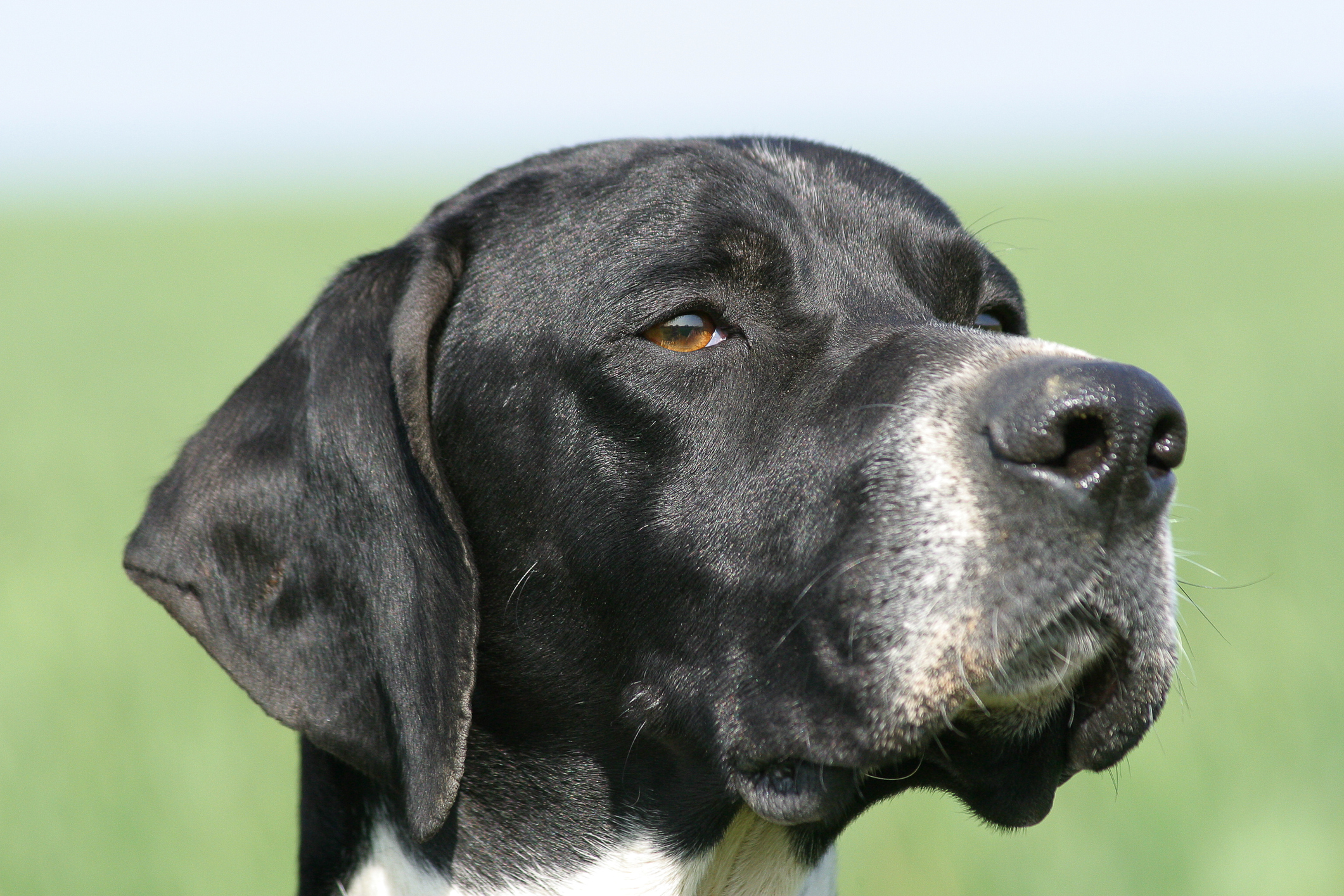
One English pointer famously distinguished herself in very a different arena. Judy, who served as a Royal Navy ship's mascot before and during the Second World War, was awarded the Dickin Medal in 1946 for saving the lives of British troops after she was stranded, torpedoed and incarcerated in a prisoner-of-war camp with them.
Judy saved sailors' lives on several occasions, helping push bits of wood towards those who couldn't swim after the prisoner-of-war transport she was on was torpedoed in 1944. It wasn't her first such effort: she'd previously helped sailors of the HMS Grasshopper and HMS Dragonfly find the fresh water which kept them alive after they were stranded on an uninhabited island.
'Judy was lost one day and we couldn’t find her so we went to search for her,' British seaman Leonard Walter Williams told the Imperial War Museum in a later interview. 'She had found a patch where she dug a big hole and she had found fresh water for the survivors of the Dragonfly and Grasshopper.'
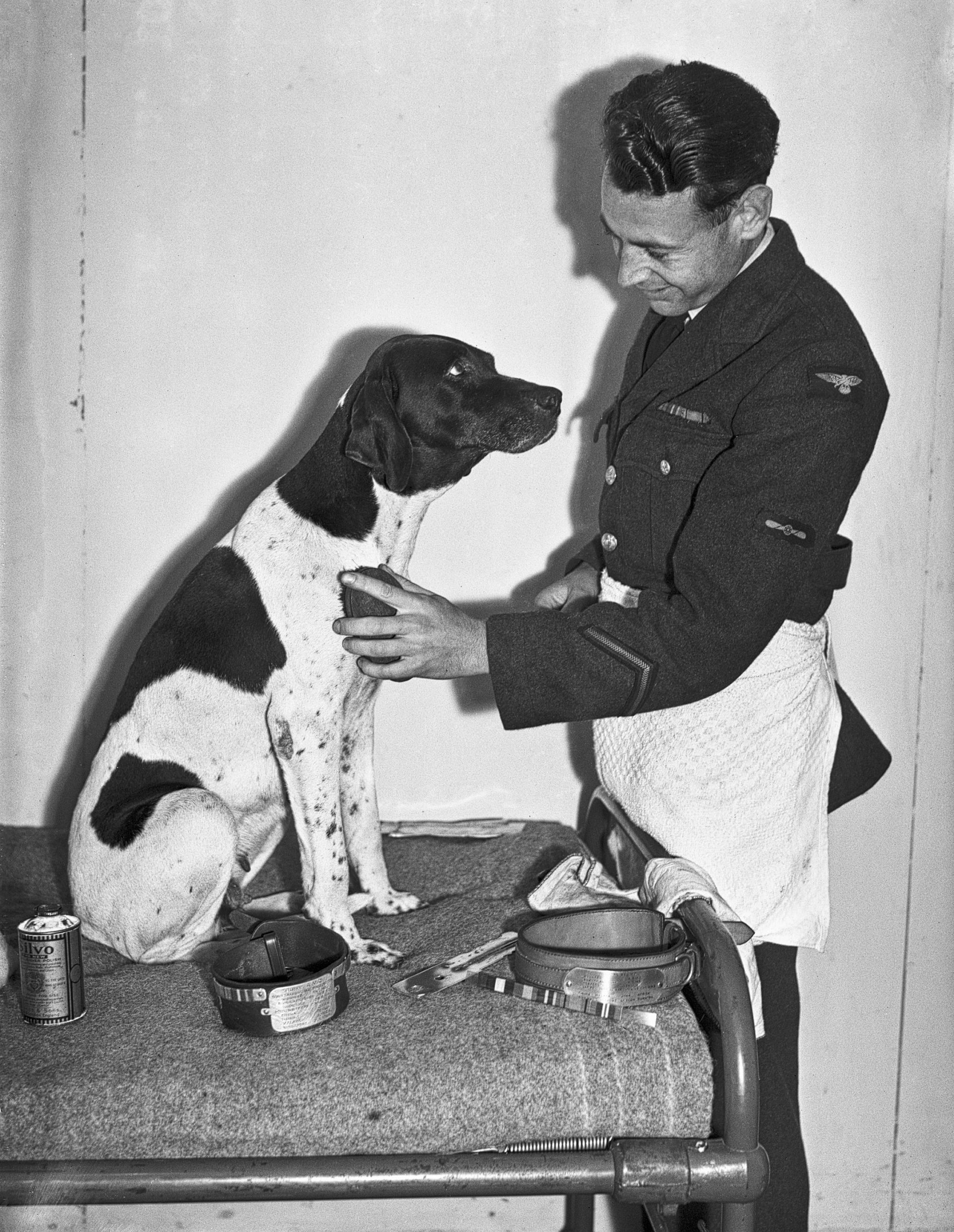
A Leading Aircraftsman named Frank Williams (no relation to Leonard Water Williams) ended up as Judy's nominal owner, taking her with him (hidden in a sack, at one point) as he was sent to various prisoner-of-war camps. At one, Medan, he successfully convinced the camp commandant — who'd taken a shine to the dog — to register her as a PoW, the only dog to to be so-recognised during the Second World War.
It was no mere whim: at one point she was scheduled for execution by the Japanese, but the legal protection afforded by her official PoW status saved Judy's life. Frank Williams, pictured with Judy above, kept her after the war, looking after her until she died in 1950.
Reporting: Toby Keel / Emma Hughes
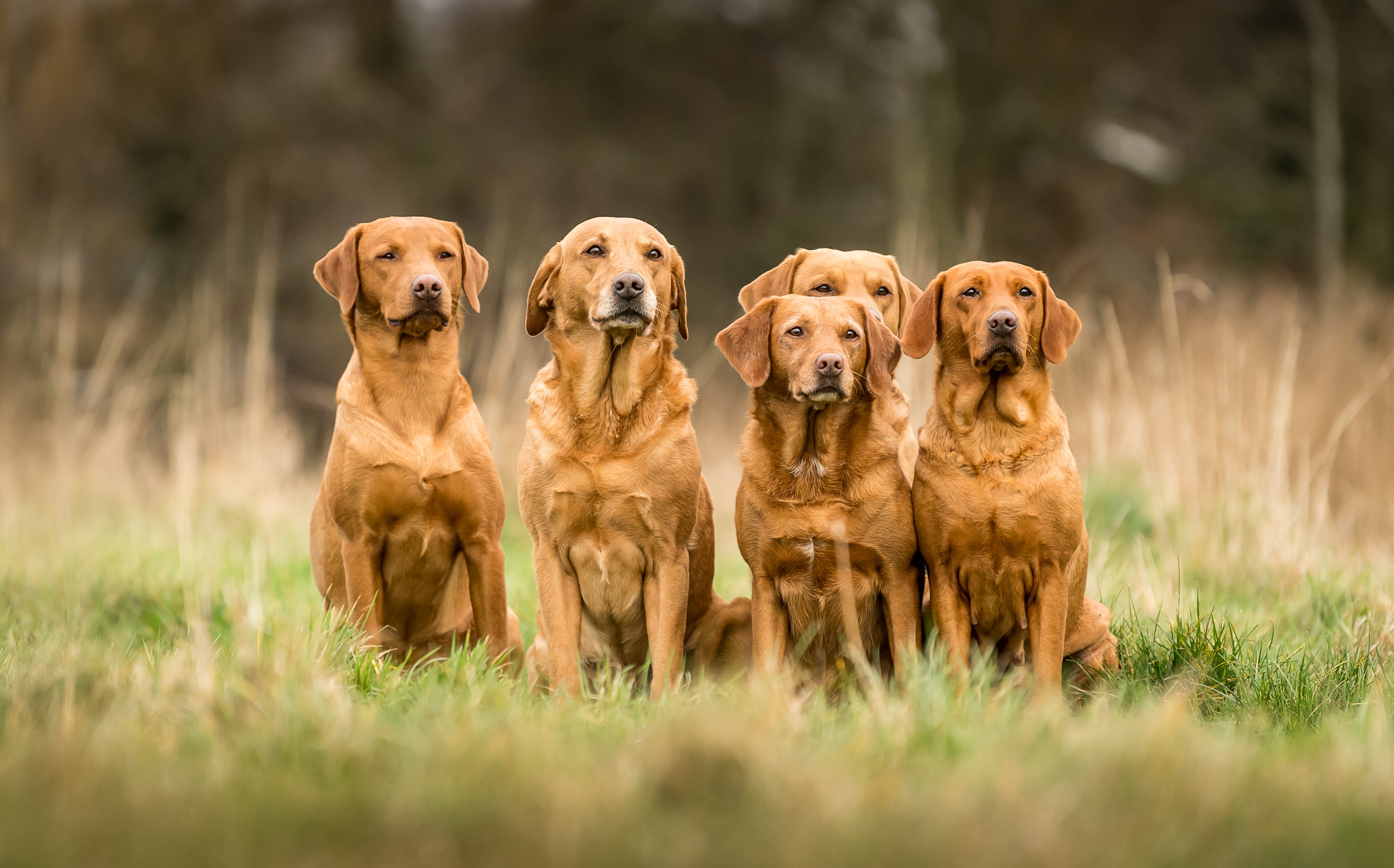
Credit: Sarah Farnsworth/Country Life
Fox-red labradors: Why red is the new black
From russet red to ever-so-slightly blushed, the fox-red is growing in popularity across the country sporting world. However, the gundog
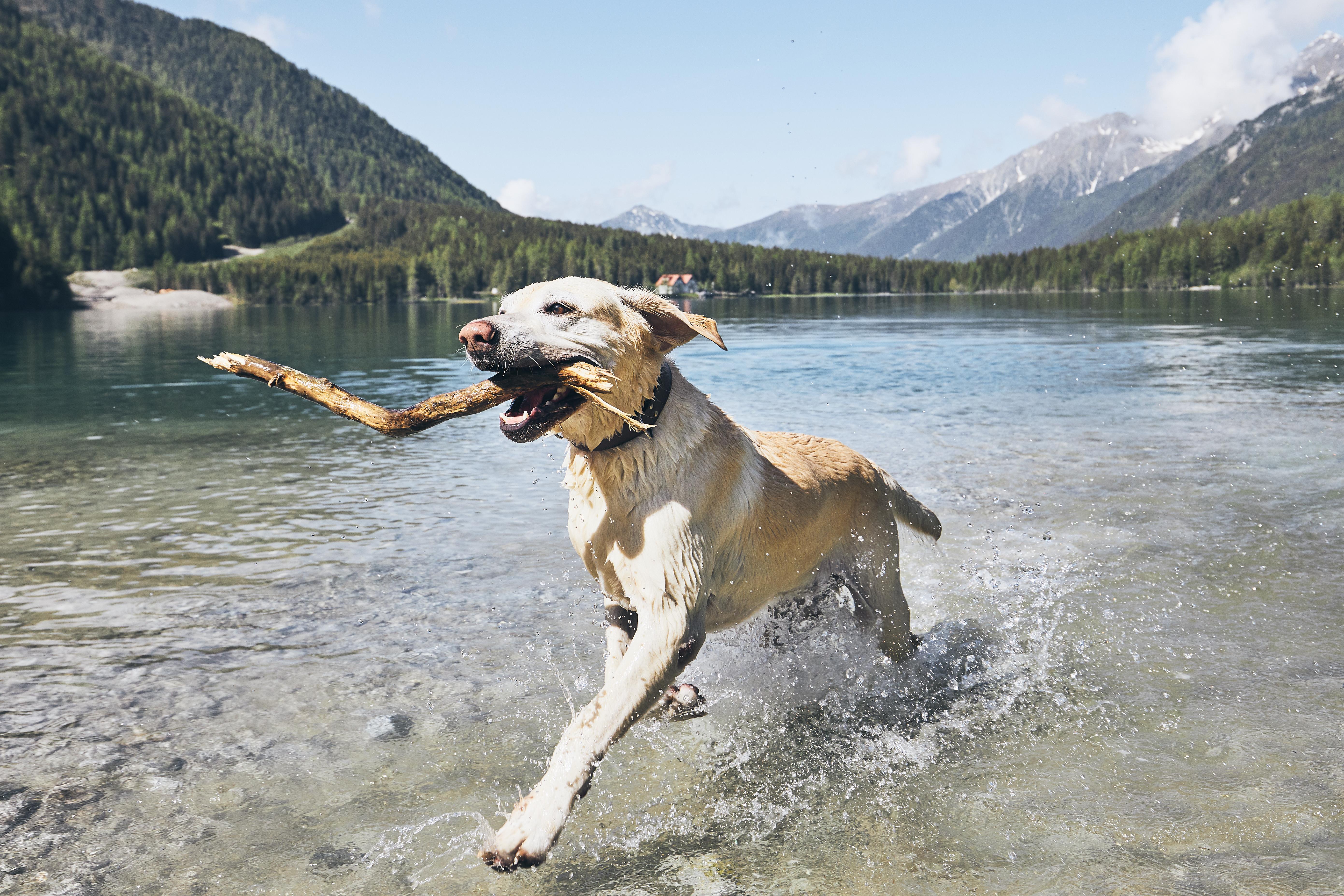
The Labrador: The world’s favourite dog
Ben Fogle traces the illustrious history of the world’s favourite dog, the Labrador.

Cavalier King Charles spaniels: Handsome, good-natured and the aristocrats of the dog world
With a silken coat, affectionate nature and boundless enthusiasm for life, the Cavalier King Charles spaniel lives up to its
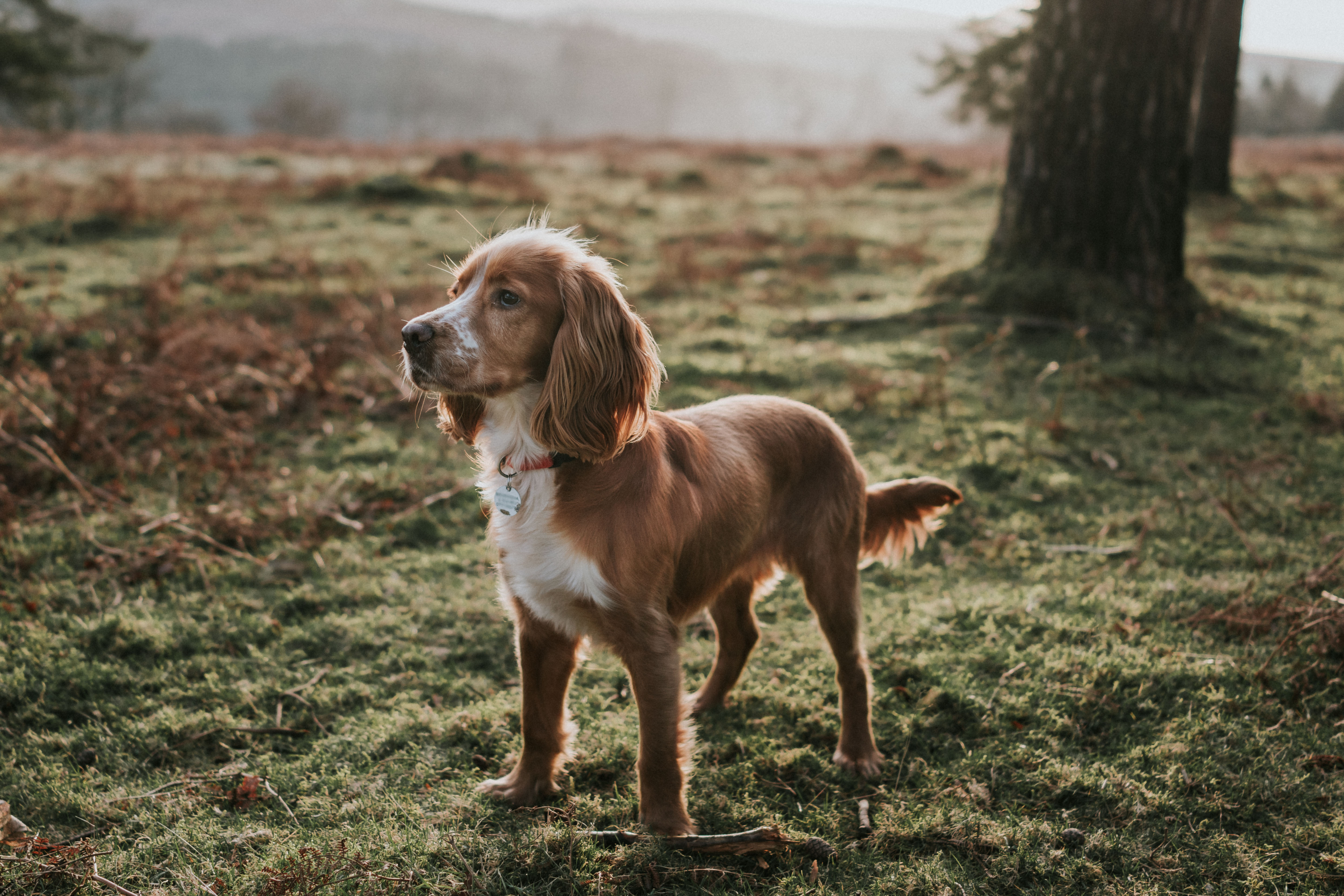
Credit: Getty
Cocker Spaniels: The irresistible dogs with loyalty to melt the coldest of hearts
As the dog world prepares for Crufts 2020, we take a look at the breed of dog which has been

Credit: Alamy
Cocker spaniel versus springer spaniel: What owners need to know
Which is the more popular spaniel, the springer or the cocker? Shooting Times's David Tomlinson weighs up the pros and
Country Life is unlike any other magazine: the only glossy weekly on the newsstand and the only magazine that has been guest-edited by HRH The King not once, but twice. It is a celebration of modern rural life and all its diverse joys and pleasures — that was first published in Queen Victoria's Diamond Jubilee year. Our eclectic mixture of witty and informative content — from the most up-to-date property news and commentary and a coveted glimpse inside some of the UK's best houses and gardens, to gardening, the arts and interior design, written by experts in their field — still cannot be found in print or online, anywhere else.

